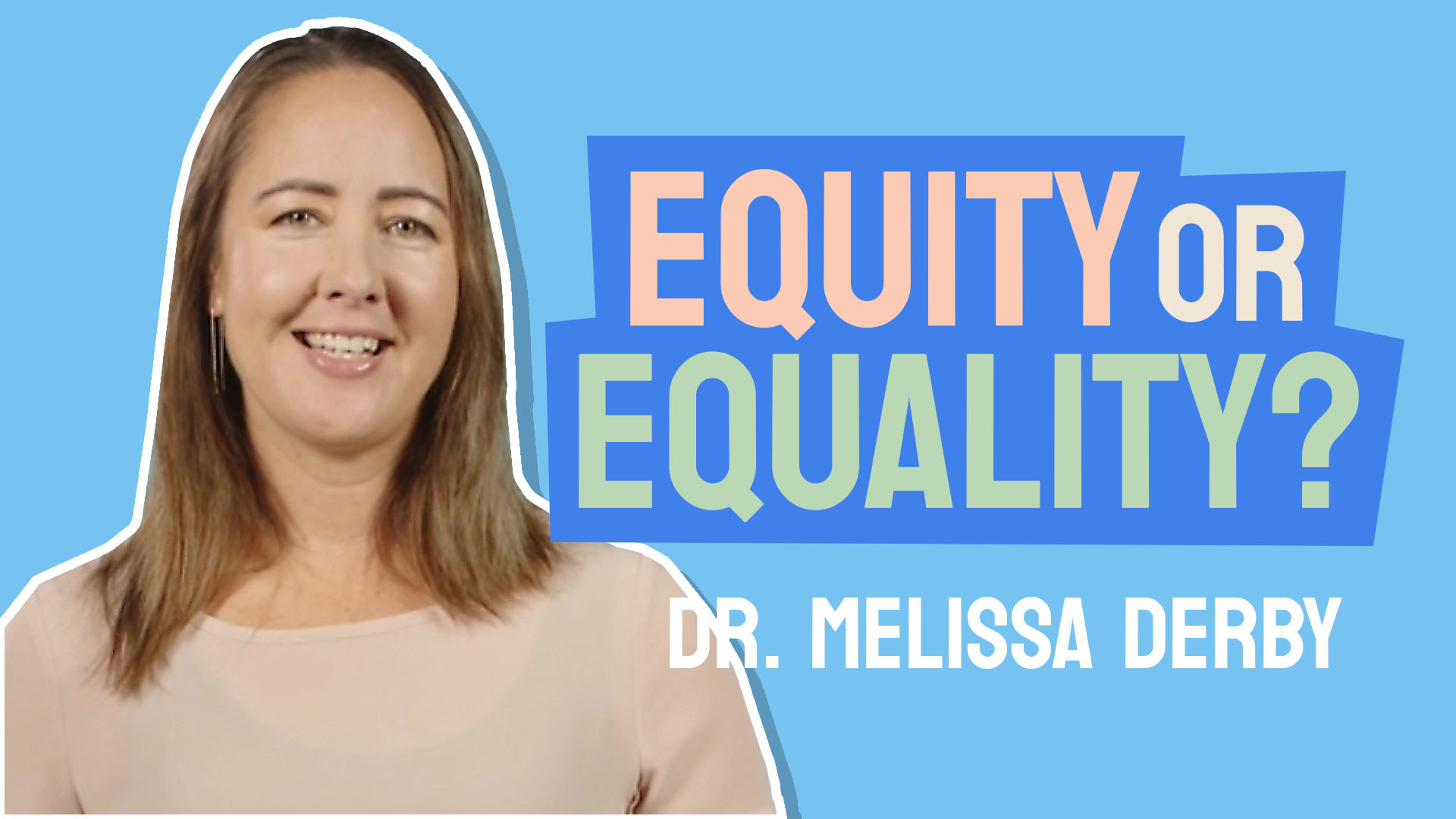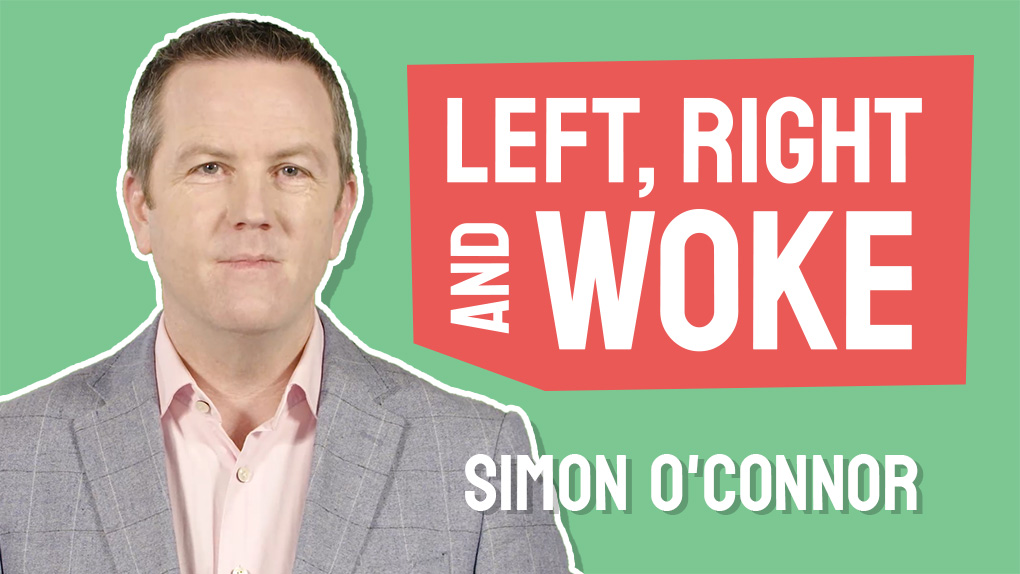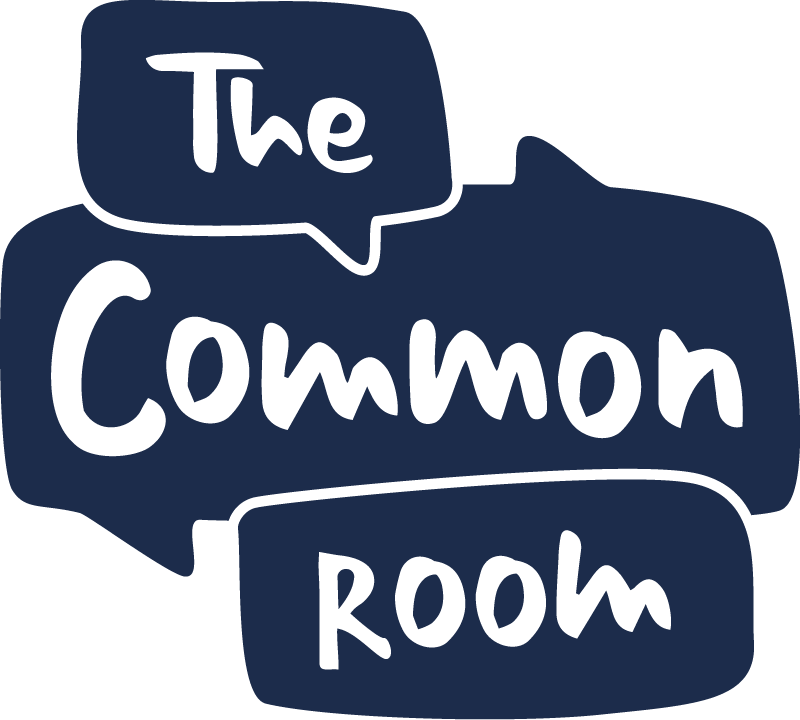Has government money corrupted journalism?
Graham Adams, Contributing Writer
9 February 2023
The reactions by media chiefs and cultural commissars to accusations that government cash has bought the media’s support or silence — particularly on co-governance — has been marked by bewilderment, defensiveness, exasperation and anger.
The debate over co-governance draws attention to the role of the $55m media fund in shutting down dissenting views.
The last cohort of winners from the contentious $55 million Public Interest Journalism Fund will be announced on 17 April. However, it appears the programme’s death will be a drawn-out affair. NZ on Air has told The Common Room that the fund will have “a ‘long tail’… with a number of projects that won’t be delivered for some time after the fund itself closes, and roles that will run on for some time”. Set up by the government to aid “at-risk” journalism, the fund started dispensing cash in 2021.
It has three principal aims: supporting approved journalism projects; directly paying for staff in newsrooms around the country; and funding “industry development” projects such as cadetships (with an emphasis on hiring Māori and “diverse” recruits).
Former MediaWorks news director Hal Crawford, who helped design the PIJF, was aware that the three-year project he was ushering into existence had its risks. He warned in a newsletter: “There will inevitably be criticism of PIJ funding schemes from those who miss out on the money, or from critics who see them as props for failing businesses. The NZ government and its agencies will have to brace for that.”
As it turned out, NZ on Air (which administers the PIJF) and the media organisations that have received the state’s bounty have encountered a much fiercer storm than Crawford envisaged. It was clear that virtually none had braced themselves for the wave of criticism they received. The reactions by media chiefs and cultural commissars to accusations that government cash has bought the media’s support or silence — particularly on co-governance — has been marked by bewilderment, defensiveness, exasperation and anger.
Some of that reaction stems from the fact that a very specific criticism of the fund — that it requires the media to endorse a particular view of the Treaty of Waitangi — metastasised quickly into the widespread belief the media had been “bought” generally.
Once that view had taken hold, no matter how loudly editors and journalists insisted they were robust critics of the government, the damage had been done. The widespread disdain for the recipients of the fund’s cash was summed up by the epithet “The team of $55 million” — a play on “The team of five million”, which Jacinda Ardern used to rally the country behind her Covid management strategies.
To the dismay of media chiefs, the tag zoomed around the internet as a catchy insult — and stuck. Their general bewilderment seems to be centred on the fact that successive governments had funded RNZ and current affairs shows via NZ on Air for many years without drawing fire. Most seem to be unable to grasp that what has made the PIJF a particular target for criticism are the criteria that successful applicants are expected to embrace.
The first of the general eligibility criteria requires all applicants to show a “commitment to Te Tiriti o Waitangi and to Māori as a Te Tiriti partner” — alongside a commitment to te reo Māori. The section describing the fund’s goals includes “actively promoting the principles of Partnership, Participation and Active Protection under Te Tiriti o Waitangi, acknowledging Māori as a Te Tiriti partner“. These criteria may appear uncontroversial to most government bureaucrats and media managers but they are very contentious to the many New Zealanders who don’t accept that the Treaty implies a partnership of any kind — let alone a 50:50 power-sharing agreement between the Crown and iwi, which Three Waters, for instance, incorporates. And it’s not as if rejecting the claim that the Treaty implies a partnership is a fringe opinion.
In his Bruce Jesson Memorial Lecture in 2000, former Labour Prime Minister David Lange described that view as absurd:
“The Court of Appeal once, absurdly, described [the Treaty] as a partnership between races, but it obviously is not. The signatories are, on one side, a distinctive group of people, and on the other, a government which established itself in New Zealand and whose successors represent all of us, whether we are descendants of the signatories or not.”
Labour Prime Minister David Lange thought the idea of the Treaty as a partnership between races was absurd.
In early February, Michael Bassett — a noted historian and former Labour Cabinet minister and member of the Waitangi Tribunal — wrote:
“Some Māori leaders are happy to contemplate other words for co-governance. One or two hanker after using the word ‘partnership’ for governing. Their belief comes from the erroneous notion that Queen Victoria entered into a ‘partnership’ with Māori in 1840 rather than the reality that — by any sane reading of the Treaty — Māori surrendered sovereignty of New Zealand to her.”
Yet, according to the PIJF criteria, everyone who gets money from the fund is obliged to commit to a view of the Treaty as a partnership (and presumably the policies of co-governance derived from it).
In May last year, NZ On Air’s Head of Journalism, Raewyn Rasch, argued that criticism of the Treaty was still possible in the projects it funds:
“Could you be critical of Te Tiriti? Of course you can… If someone came to us with a proposal to have a critical look at Te Tiriti, as long as it was fair, balanced, and accurate, then there would be no reason why we wouldn’t fund it, but no one has come to us with that proposal, so it’s all kind of hypothetical.”
This is beyond disingenuous. Of course no one has presented such a proposal. Why would any media organisation devote time to putting together an extensive application for a project disputing the existence of a Treaty partnership, say, when Blind Freddie could see their chances of success would be vanishingly small?
The defence of the fund on the grounds that most of the projects approved by NZ on Air are not directly concerned with the Treaty has been dismissed by critics, who say the criteria have an insidious effect by functioning as a “good behaviour” bond for any organisation that wants to access taxpayer cash.
Just how seriously PIJF applicants take the requirement to swear allegiance to the approved view of the Treaty was revealed when details of NZ on Air’s assessment process were released in 2022 under the Official Information Act.
In a response to The Spinoff asking for $335,746 for its series IRL to examine “the real-world consequences of online life”, assessors wrote:
“The proposal spoke at length of The Spinoff’s commitment to Te Tiriti o Waitangi, but the proposal has no concrete commitments apart from the line, ‘We will actively seek out people whose lives have been affected by technology with a particular focus on marginalised groups, notably Māori and Pasifika communities that are on the wrong side of the digital divide, while featuring rangatahi who are creative and heavy users of technology.’”
The Spinoff’s editorial managers obviously thought it was a good idea to write at length to establish their general loyalty to Te Tiriti as a partnership in order to be eligible for a grant, even for a project that had no particular connection with it. Assessors recommended that The Spinoff “hire Māori and Pasifika staff” as a remedy for its “lack of concrete detail in terms of meeting Te Tiriti commitments”.The grant was approved.
Perhaps the biggest blow to the fund’s credibility was the publication of a report in March last year that expanded the criteria stated in the funding application documents. Titled the “Te Tiriti Framework for News Media”, it was commissioned by NZ on Air — at a cost of $33,350 (plus GST).
While NZ on Air advised that the “framework” was offered only as “guidance”, any media organisation hoping to tap into the fund’s millions would have been under no illusions about the stance they should take towards the Treaty.
Indeed, the report begins with a firm instruction: “Mass news media organisations need to consider, explore, build on and implement this framework in ways that show commitment to Te Tiriti o Waitangi.”
Examples of the “guidance” include:
- “Māori have never ceded sovereignty to Britain or any other state.”
- “…our society has a foundation of institutional racism.”
- “For news media, it is not simply a matter of reporting ‘fairly’, but of constructively contributing to Te Tiriti relations and social justice.”
- “Repeated references by the government to the English version [of the Treaty], in which Māori supposedly ceded sovereignty, have created systematic disinformation that protects the government’s assumption of sole parliamentary sovereignty.”
In discussing the report last month, Act’s David Seymour said it created “the perception that the media are undermined and corrupted and are untrustworthy… It’s a hugely damaging document, and unbelievably stupid.”
Despite such firm evidence of what NZ on Air expects from applicants, many senior journalists still seem unable to accept that demanding adherence to a certain editorial position on the Treaty as a requirement for funding is an outrageous abuse of government power and taxpayer money.
Equally, they seem reluctant to accept it was a massive blunder for media organisations to agree to such criteria. Nevertheless, a few media managers have admitted privately the PIJF has been a disaster for them.
In a podcast last year, Newsroom co-editor Mark Jennings said: “A couple of [people working in the media] have said to me: ‘I wish we had never gone into this… It has taken up so much of our executive time. It’s cost us money. And now the public are saying we’re on the government’s payroll… So it’s got a negative perception for us [and] we wish we’d never touched the whole thing.’”
As the concepts of co-governance and partnership increasingly become a flashpoint in this year’s election campaign — at a time when the government has been steadily inserting them into a swathe of legislation and policy ranging from education and health to the RMA and Three Waters — a question remains over just how much the fund’s criteria have crimped that debate.
Prime Minister Chris Hipkins insists that many voters are suspicious of co-governance only because politicians haven’t explained the concept clearly — but that failure also falls squarely on the shoulders of journalists.
As Michael Bassett put it: “One might have expected journalists to delve into what, precisely, the government meant when ministers incorporated this ‘misunderstood’ concept into lots of Acts of Parliament over recent years.”
One senior journalist who firmly denies the PIJF has influenced his media company’s stance is Patrick Crewdson, Stuff’s editor-in-chief, who published a column in June 2021 titled: “Why government money doesn’t corrupt our journalism”.
He wrote: “The [PIJ] fund incorporates a commitment to Te Tiriti o Waitangi, which isn’t an issue for Stuff. Our charter already commits ‘to embed the Treaty of Waitangi principles of partnership, participation and protection in the ethics and practice of our business’.”
In short, for Stuff there is no debate to be had over the question of whether the Treaty implies a partnership — in much the same way it prefers not to publish criticism of anthropogenic climate change or transgender activism.
The verse (adapted from the original by Humbert Wolfe) comes irresistibly to mind:
“There is no need to bribe or twist, the Kiwi journalist
For seeing what, unbribed, they’ll do
There’s really no occasion to.”
There can never be a definitive answer to the question of exactly how much the Public Interest Journalism Fund has helped shut down criticism of the Treaty at a crucial time in our political history. But by accepting its conditions, it is undeniable that the media has inflicted a terrible wound on itself by being seen to have compromised its principal assets — trust, credibility and independence.
That much became clear when the Auckland University of Technology conducted a survey last year on trust in the media, and the academic who led it admitted she had been taken aback by the repeated criticisms of the PIJF.
In a news report, Dr Merja Myllylahti, co-director of the Journalism, Media, and Democracy Research Centre, singled out one anonymous, representative complaint among the responses:
“All applicants [to the PIJF] must show a clear and obvious commitment to the Treaty and te reo; no exceptions. So much for journalistic integrity. This is nothing short of shameful.”
The study showed that, nationwide, trust in the media had fallen from 53 per cent in 2020, to 45 per cent in 2022. Dr Myllylahti concluded that some of the eight-percentage-point drop could be attributed to the widespread perception that the media “is an extension of the government”.
The lesson to media organisations seems clear: if the government ever comes calling with a bag of money that requires editorial prescriptions to be followed, take the advice of the advertising campaign that ran in the early 1990s to discourage children from experimenting with illegal drugs — and just say no.
Graham Adams is a freelance editor, journalist and columnist. He lives on Auckland’s North Shore.






